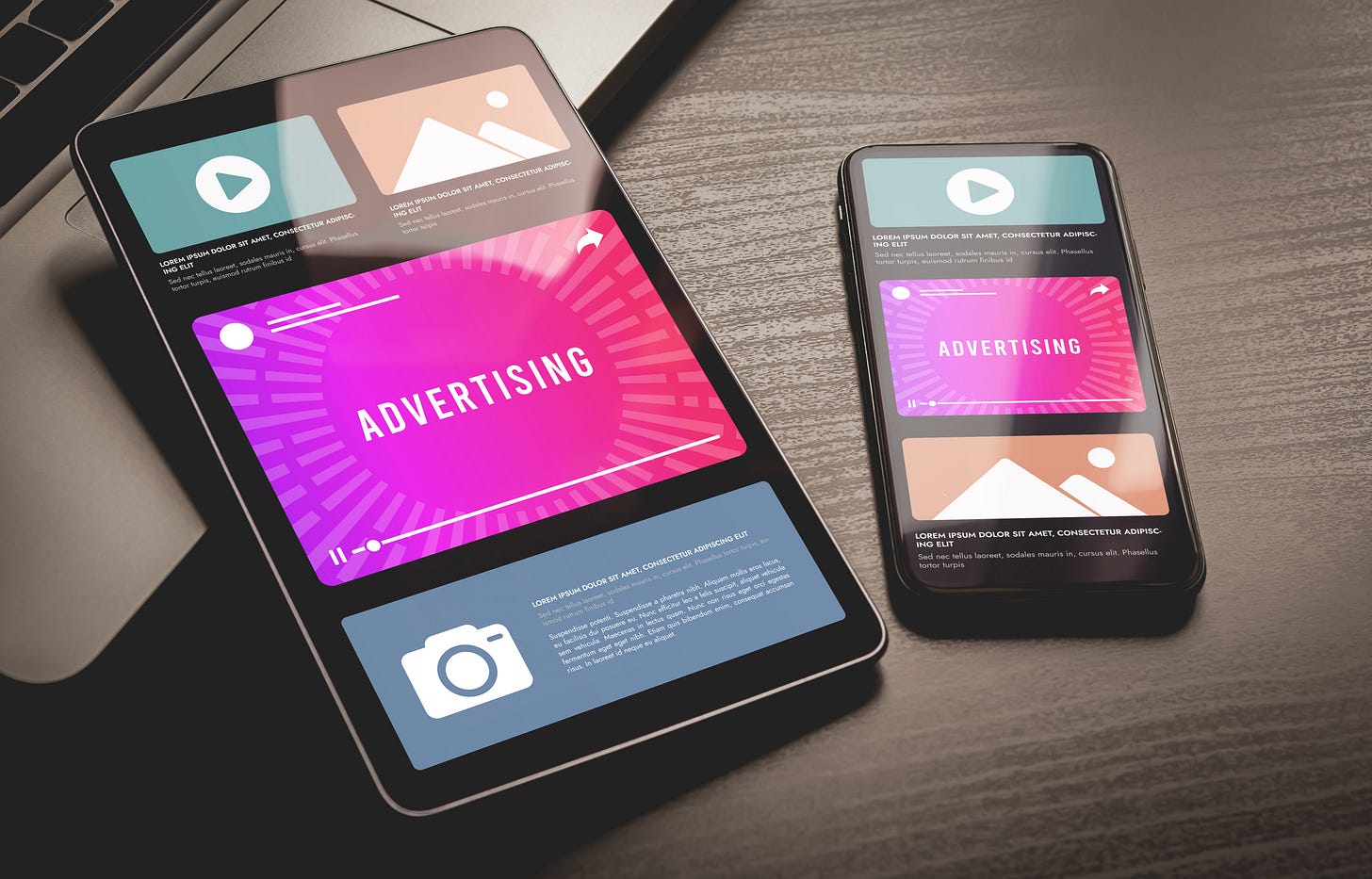Everything Your Political Campaign Needs to Know About Digital Ads in 2023
Looking to reach voters online with some paid digital ads? Here's a quick primer to the different platforms and ad formats available to political candidates and causes today.
Once upon a time, television ads were the gold standard for candidates looking to make a splash while reaching out to voters. Today, though, campaigns are spending far greater percentages of their budgets on paid digital advertising — finding it to be a more cost-effective and direct way to reach their target voters.
There are a number of different platforms and digital ad formats that political candidates and committees can use in 2023, each with their own strengths and weaknesses.
Among the most popular paid digital ad formats for political campaigns today are:
Display ads: Display ads are the most common type of paid digital ad. They can appear as images, videos, or text on websites and apps — common sizes include leaderboard (728 x 90 pixels), skyscraper (120 x 600 pixels) or mobile banners (250 x 250 pixels). Display ads can be launched on any page that allows advertisements, including the Google Display Network and via programmatic advertising. Display ads are great at helping your campaign build out name recognition/awareness, promote specific messages, or drive traffic to your website.
Video ads: Video ads are a powerful way to connect with voters on an emotional level. Video ads can be used on a number of platforms — including Meta, Google/YouTube, X/Twitter, and more. They can be used to help tell your candidate's story, introduce voters to your policies, boost your campaign’s fundraising efforts, or even attack your opponents.
Social media ads: Social media ads are a popular choice for political campaigns because they allow candidates to target their ads to specific demographics and interests. They are also easy to set up and often cheaper to run than programmatic/display campaigns. Ads on Meta (Facebook/Instagram) and now X/Twitter can also be used to generate engagement and conversation around your campaign, as well as drive traffic to your website and/or boost your campaign’s fundraising efforts.
Paid search ads: Paid search ads appear at the top of search engine results pages (SERPs) when someone searches for a keyword related to the candidate or the election. Paid search ads — such as those on Google and Bing — can be a very effective way to reach voters who are already interested in learning more about your campaign.
Native ads: Native ads are designed to blend in with the surrounding content on a website or app. This makes them less intrusive than other types of ads and can lead to higher engagement rates. Common uses for native ads include promoting your campaign’s website, social media pages, or email list.
So, what type of digital ad(s) should I use for my political campaign? That answer depends entirely on your budget, your specific goals, and your target audience(s). Each of the aforementioned digital ad types has unique benefits and drawbacks that will make one (or more of them) better for your campaign’s needs than another.
Here are some additional tips to get you started with your digital ad campaigns:
Know each platform’s guidelines & restrictions for political advertising. Most digital ad platforms have specific guidelines and approval processes that campaigns need to meet before utilizing their networks — including Meta, Google, X/Twitter, and Snapchat.
Make sure your ads are targeted to the right audience: The more specific you can be with your targeting, the more likely your ads are to be seen by people who are interested in what you have to say. Try using a custom audience matched to the voter file, for example, to help your ads reach your exact targeted universe during GOTV and the run-up to Election Day.
Use a variety of ad formats: If your budget can handle it, try to launch your digital ads on a several different platforms — even if you are targeting the same general universe with all of your ad campaigns. Because each voter uses the internet differently, using a variety of ad formats can help you reach a wider audience and target your messages more effectively.
Test your campaigns and track your results: Don’t be afraid of A/B testing your ad campaigns at the beginning to see which ad formats and targeting options work best for your campaign. Doing so will also allow you to optimize your campaigns and get the most out of your budget. Then, once your ad campaigns are running, make sure you track the results of your paid digital advertising campaigns so that you can see what is working, and make adjustments to your campaigns as needed to ensure that you are getting the most out of your investment.
Paid digital advertising is a powerful tool that can help political candidates reach voters and build support for their campaigns. By following these guidelines, your campaign will be able to create effective paid digital ads that’ll help you win victory on Election Day in no time!



